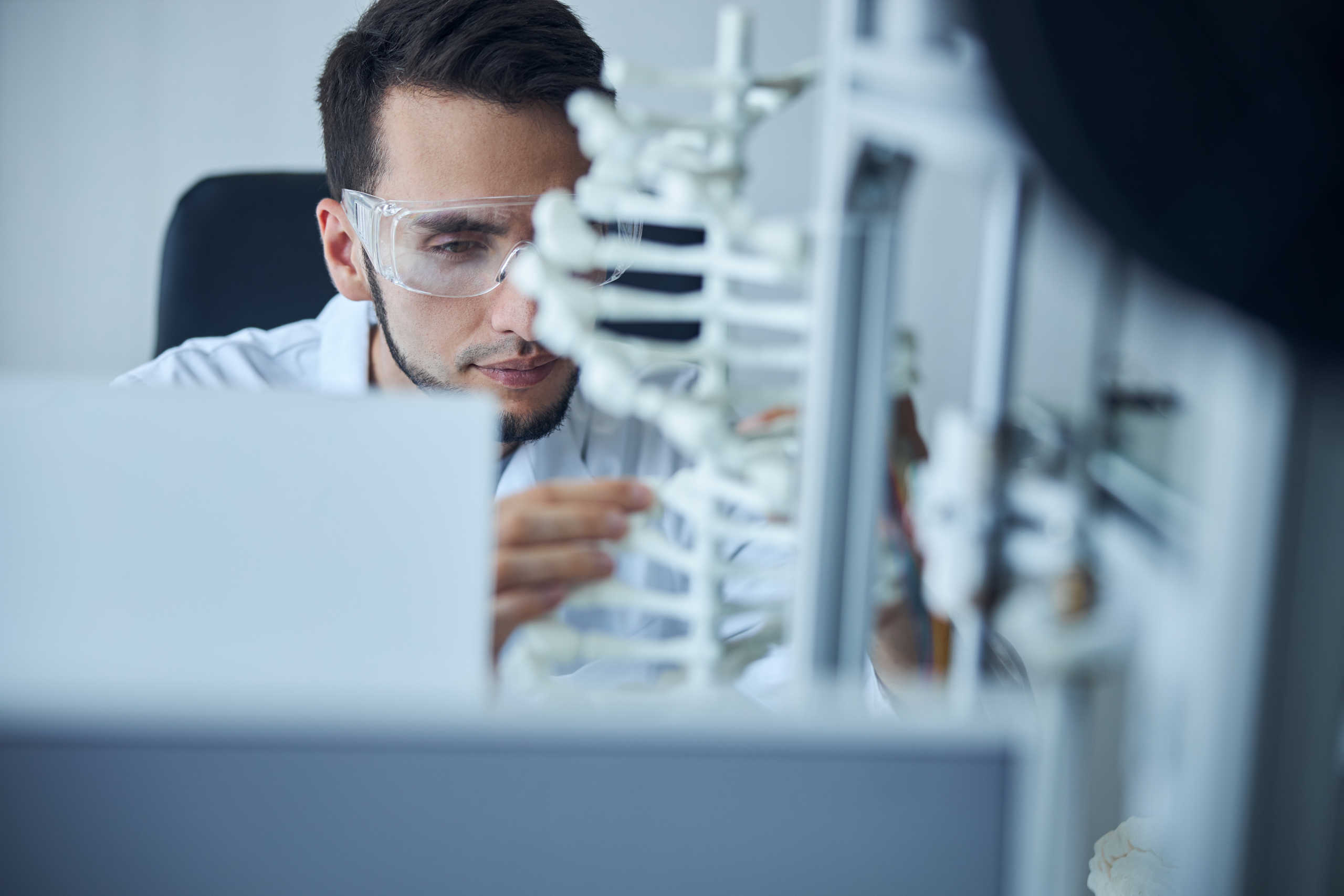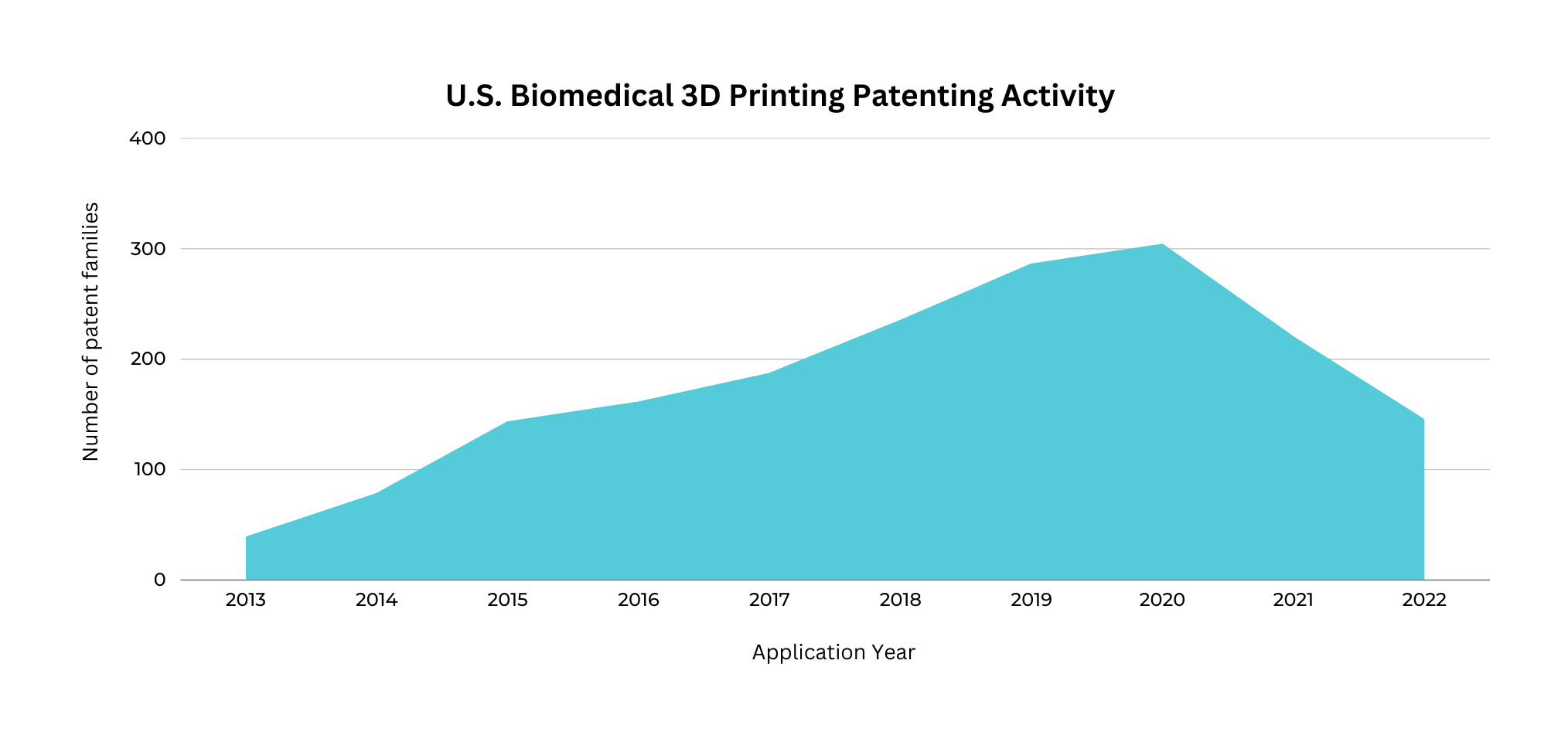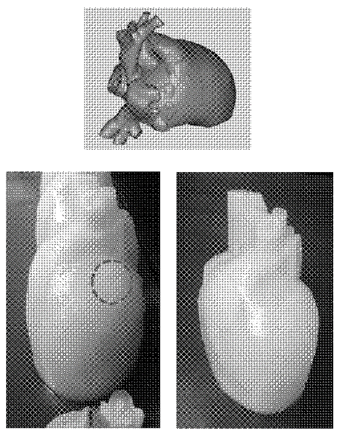Additive manufacturing is a manufacturing process that fabricates or assembles three-dimensional objects from smaller pieces of material. Furthermore, one of the technologies of additive manufacturing is 3D printing which involves the deposition of material in a layer-by-layer fashion. As 3D printing slowly industrialized in the early 2000’s, developments found its way into construction, (See our 2023 Tech Trends Report) metal fabrication, electronics manufacturing, and biomedical applications. 3D printing in biomedical applications has been steadily growing in the last 10 years, evidenced by the increasing number of published patents since 2013.
Institute of New Mat Guangdong Academy of Sciences
US 2023/023628: Biomedical Beta Titanium Alloy and Preparation Method Thereof
In recent years, 3D printing has been employed in manufacturing and engineering prosthetics as well as personalized tissue repair technologies. Commonly, medical titanium alloy is used as the primary material composition in prosthetics because of its excellent material properties and biocompatibility. However, recent studies show that the common medical titanium alloy implant (Ti6Al4V ELI) has a large difference in elastic modulus with human bone tissue and toxic ions are released after long-term implantation. As a result of these issues, the biocompatibility between the titanium alloy and bone tissues is compromised thereby shortening the service lifetime of the implants.
The patent presents Beta-Titanium (β-Ti) alloy as a better material alternative to common medical titanium alloys. The β-Ti alloy exhibits no toxic elements and high strength making it an ideal implant material. Furthermore, the patent also presents the metal 3D printing of β-Ti alloy implants to conform according to the person’s bone structure and the randomness of the shape of the fracture or defect. The inventors of the patent took advantage of 3D printing for the personalized repair of clinical bone defects or other related orthopedic diseases.
U.S. Patent Application 2023/023628 was filed by the Institute of New Materials Guangdong Academy of Sciences on July 26, 2021, and was published on January 26, 2023.
Axial Medical Printing Ltd
US 11,551,420: Method for Generating a 3D Physical Model of a Patient Specific Anatomic Feature from 2D Medical Images
Nowadays, 2D radiological images from computed tomography (CT) and magnetic resonance imaging (MRI) are extensively used by surgeons to visualize the internal parts of a patient and plan out a specific surgery. Despite obtaining the necessary image data before surgery, complications may still arise in the analysis of a patient’s internal parts due to the limited 2D view of the images.
The patent presents the conversion of 2D images of a patient’s internal anatomic part into a 3D model and is subsequently 3D printed into a 1:1 scale. The impact of this patent involves the improvement of a surgeon’s preoperative planning as well as the reduction of costs to the healthcare provider by diminishing the chances of patient complications.
U.S. Patent 11,551,420 was filed by Axial Medical Printing Ltd. with a latest priority date at March 3, 2023 and a publication date at January 10, 2023.
Stratasys Ltd
US 11,559,936: Additive Manufacturing Processes Employing a Material Featuring Properties of a Soft Bodily Tissue
This patent describes a process for manufacturing 3D-printed soft bodily tissues. While 3D printing of bodily tissues or organs is not necessarily a new development, the ‘936 patent claims to have an advantage over conventional methods because the process uses a molten model material that hardens like a soft bodily tissue. This material has not been used for 3D printing before.
The 3D-printed models would highly impact practitioners in the medical field by allowing more accessible and low-cost simulations. Reduced surgery time and better patient outcomes are among the expected benefits.
U.S. Patent 11,559,936 was filed by Stratasys Ltd. on July 28, 2017 and published on January 24, 2023.
Learn more about the patent landscape of additive manufacturing in our 3D Printing Patent Landscape Report.







